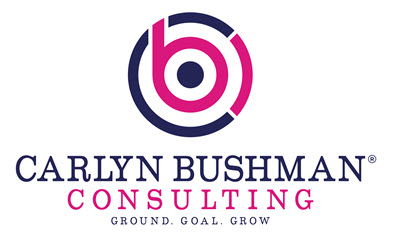1: Review your profit margin before quoting.
This might seem to some like a no-brainer, but when we are unsure what to quote, we don’t always look at our hard and soft costs to deliver our services. If you’re not clear on what it costs to work with a client or are just wingin’ it and going by what others are charging, you’re probably leaving money on the table.
To review your profit margins for each service, first, add up all of the costs involved in providing that service. These would be fees like any vendor services if you need to purchase a certain item to complete the project, travel, or tech fees. Also, don’t forget to add yourself and your team’s time to the costs. The total should include not only the hard costs but also the people needed to deliver the service as well. After you have that number, set your desired profit margin on top of those expenses and that is your fee.
2: Negotiate with facts, not emotions.
When it comes to your services, you’re so close to it. You know your own zone of genius the best, but leading with emotions will not help when you’re negotiating a price for your services. If you’re in a position where you are negotiating your rates, bring in facts from past client work, your education, and who you’ve studied under, and leave your emotions at the door. Know before you go in where your numbers need to be to make the project worth it and profitable for your business.
Remember, everyone will perceive your value differently. The problem you solve for one person might be the game changer they needed, while for another is just a nice-to-have. That’s ok, go for the game-changers. They’ll pay your full price, usually with no negotiation, because you add so much value to them. Not everyone is your client and honestly, that’s ok.
3: Say No Vs. Lower Your Price
I know it can feel counterintuitive, but as I said, not everyone is your ideal client. Remember, your client is paying for your genius, and that knowledge is worth something. If you lower your price to appeal to a certain clientele, you can potentially attract more of the wrong clients. It is true what they say, you get what you pay for, and believe it or not sometimes when something is too cheap it drives your ideal client away. They perceive the value at a certain price point and if your fees are way lower than what they expect to pay, they get skeptical about it and ultimately don’t buy.
Passing on low-paying work raises your frequency and when you do that you seek and attract work that is more aligned for you. It also changes your mindset that you deserve that kind of work. Lastly, it also frees you up for bigger, more compelling projects. If you say yes to a lot of low-level work, you will be working non-stop to make ends meet, leaving no space to grow your business. And it’s a recipe for burnout.
4: Know who you serve.
Don’t be afraid to qualify your lead before you invest a bunch of time into him/her. You can do this by putting your prices on your website or talking about money upfront. This practice immediately qualifies your lead. If you are preparing a contract or agreement, be sure to include all the costs associated with a set of services and note that anything above and beyond the agreed-upon scope of work will be an additional cost. This protects you from a client who asks you to do one-off projects. You can go back to the agreement and point out that those services are at the hourly rate you quoted or are subject to their own separate quote for client approval.




